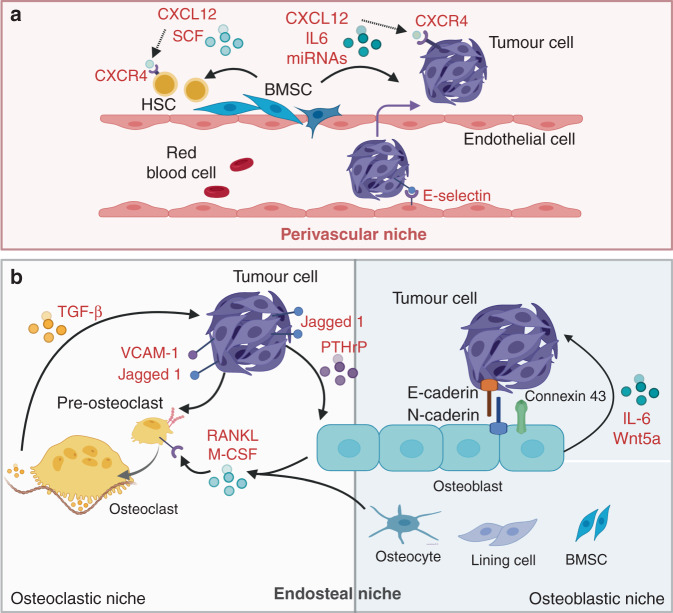Fig. 2. The perivascular and endosteal niches in bone metastasis.
Tumour cells interact with different niche cells for metastatic colonisation in bone. a In the perivascular niche, similar to HSCs, tumour cells interact with bone-marrow stromal cells (BMSCs), which express the chemokine ligand CXCL12. Endothelial E-selectin engages in tumour cell to promote mesenchymal-to-epithelial transition, stemness, survival, and growth. b In the endosteal niche, tumour cells are thought to alter the normal balance of bone turnover by directly activating osteoclast formation by expressing the Notch ligand Jagged1 or vascular cell adhesion molecule (VCAM)1 or by inducing osteogenic cells (stromal cells, lining cells, osteoblasts and osteocytes) to produce the osteoclast-stimulating factors macrophage colony stimulating factor (M-CSF) and receptor activator of nuclear factor κΒ ligand (RANKL). Osteoclast-mediated bone resorption leads to the release of transforming growth factor (TGF)-β, which facilitates a ‘vicious cycle’ to fuel the development of osteolytic bone metastasis. Osteoblasts also promote bone metastasis by secreting Wnta5a and interleukin (IL)-6 or forming gap junctions and E-cadherin/N-cadherin junctions.

